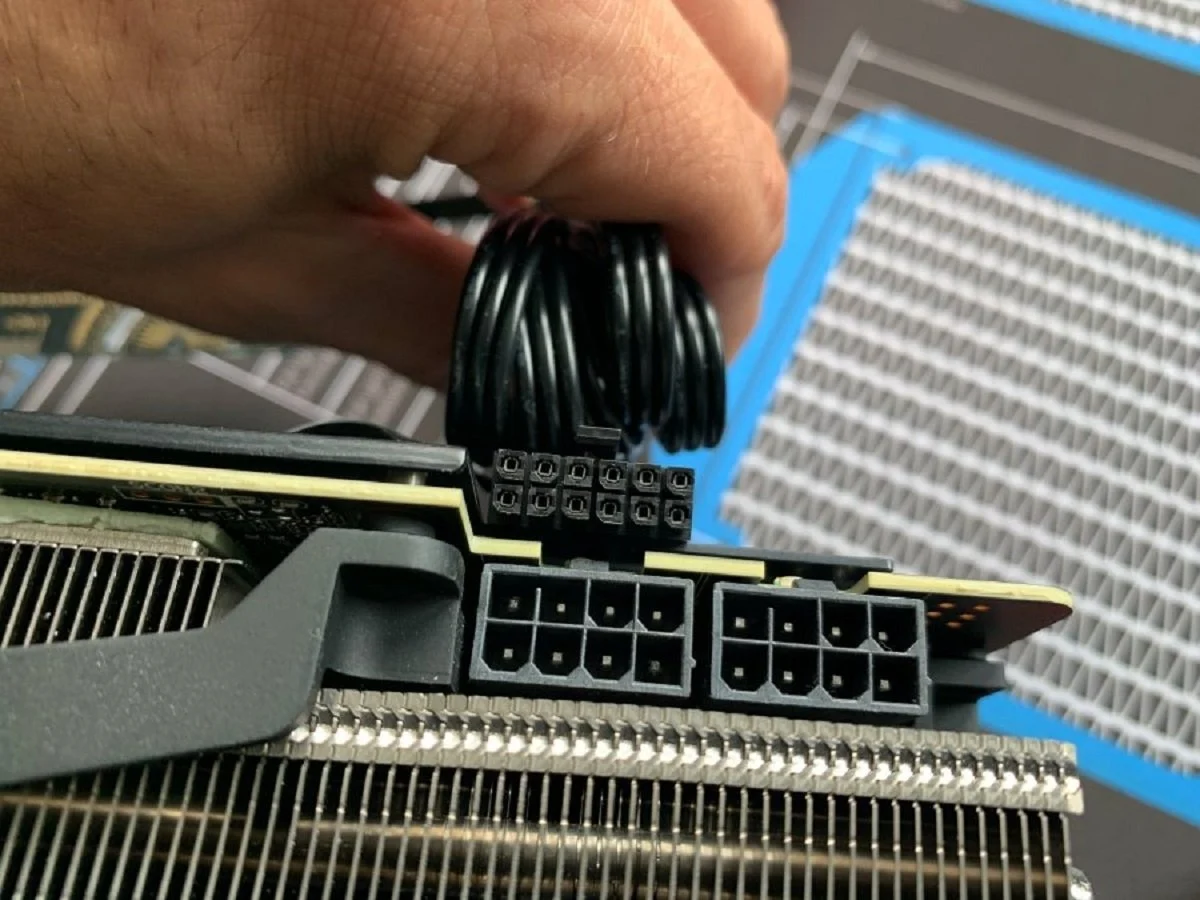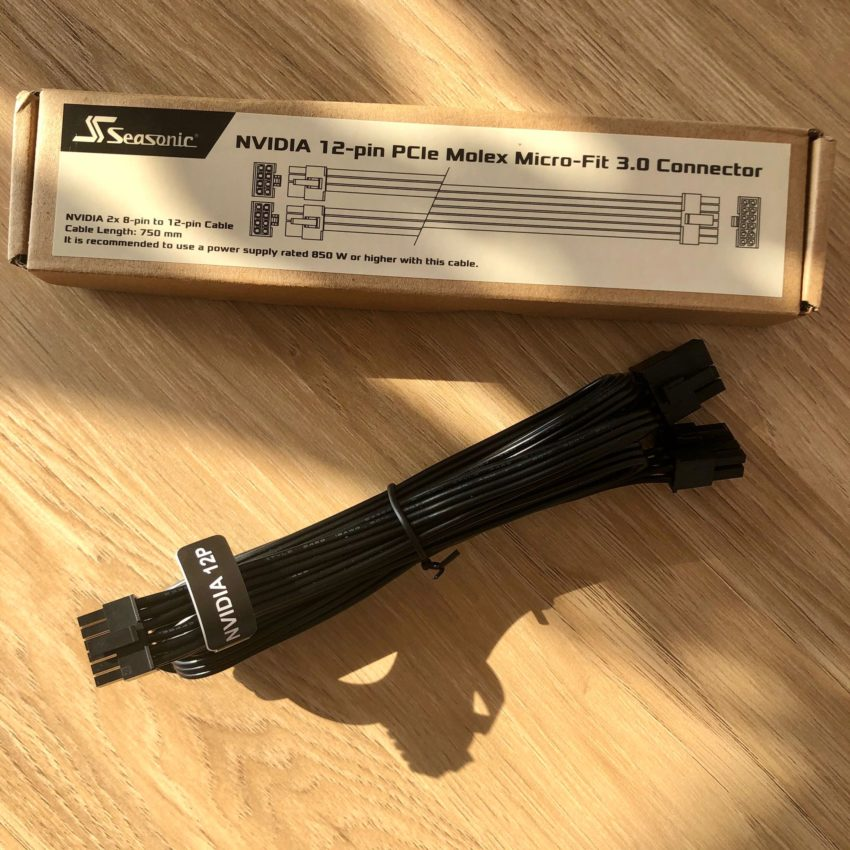Auer
[H]ard|Gawd
- Joined
- Nov 2, 2018
- Messages
- 1,972
Doubt it, Splitters will be around regardless. Jerryrigged Ebay China crap wont go away just because of a new plug...I wonder if the ultimate goal to avoid issues due to users using 6 and 8 pin splitters to power higher end cards. I seem to vaguely recall that some of the RX5700 crash issues were being blamed on how the auxiliary power was being delivered to the card.
![[H]ard|Forum](/styles/hardforum/xenforo/logo_dark.png)

